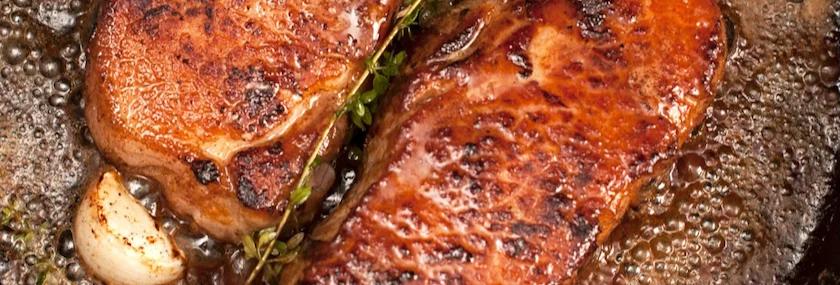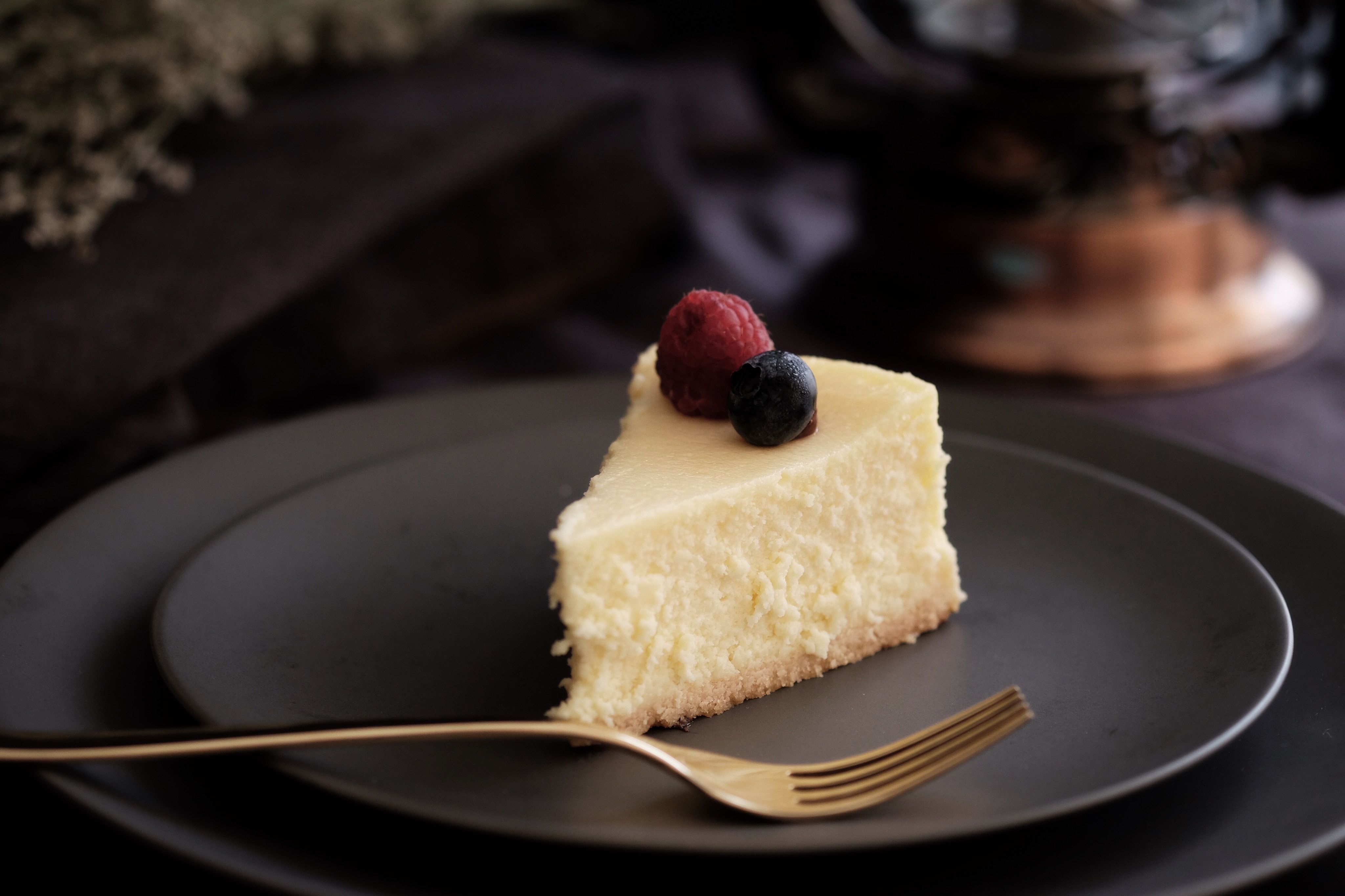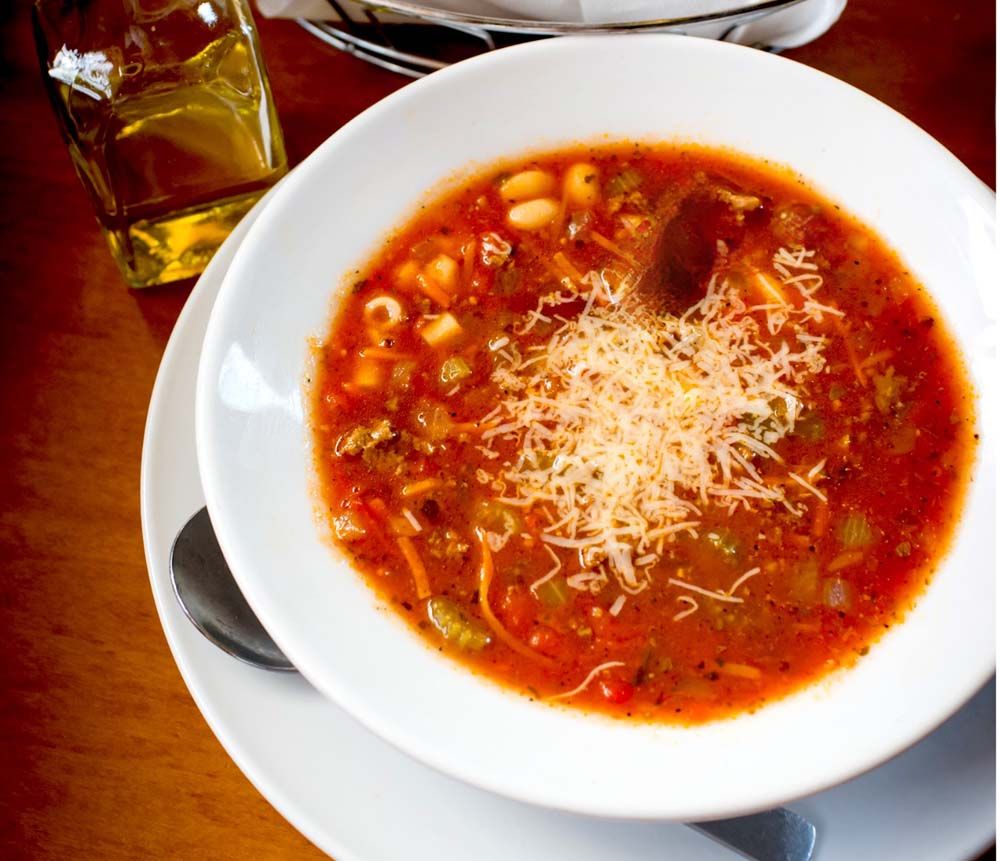Drink Up!


Beat the summer heat with homemade thirst quenchers
When your family members are dropping like flies from the summer heat, don’t reach for carbonated beverages loaded with high fructose corn syrup and sodium. Make your own all-natural thirst quenchers that promote health, not harm it.
Fruit infused water

Everyone knows we need to drink plenty of water, especially in the hot summertime—and there’s even a formula for how much: Half your body weight in ounces per day. So, if you weigh 100 pounds, you need to consume 50 ounces of water daily in addition to coffee, tea, or other beverages. But sometimes, water just doesn’t quench your thirst. To help it along, add fruit.
Lemon is a common addition to water in a restaurant but at home, you can add whatever fruit you choose. Citrus and berries are popular choices. To avoid getting chunks of fruit in your sip, use a water bottle with an infuser in the middle. Place the fruit in the infuser, add water, and go. Add a sprig or two of mint or stevia give it a refreshing coolness, too.
Aguas Frescas
Nothing speaks summer more than watermelon. And turning that watermelon into a refreshing drink makes the ultimate thirst quencher.
To make Aguas Frescas—Spanish for fresh waters— simply fill your blender with cubed and seeded watermelon, add just enough water to cover, and pulse or blend it to a liquid state. Aguas Frescas is not a smoothie, so blend the fruit until all pulp is gone. If you like, add lemon and/or mint before blending.
Traditionally, Aguas Frescas is made with watermelon, but you can enjoy this fruity refreshment by using peaches, berries, or other soft juicy fruit.
Sweet tea and its variations
In the south, good old-fashioned sweet tea is a staple beverage. Made with the leaves from the camellia sinensis plant, tea is known for high antioxidant content. For millennia, tea has been touted as a curative for everything from headaches to depression.
Modern science has confirmed that the high polyphenol content of tea leaves does, in fact, have a positive effect on some serious health crises like cancer and cardiovascular disease.
Traditional southern sweet tea is ghastly sweet. Some classic sweet tea recipes call for two cups of sugar to the gallon. If you enjoy tea, reduce the sugar in the recipe for a mildly sweet drink that still quenches the thirst. You can use a mere half cup with great success. Also, try evaporated cane juice instead of white sugar. It has the minerals from raw sugar that processing removes. Of course, if you want to avoid all sugar, sweet tea is just as delicious with honey or stevia. (Try growing your own stevia in the garden and using the leaves, rather than the extracts, for less of an aftertaste.)
For variety, try using green tea rather than black. Green tea has a higher polyphenol content than black and is, therefore, more health-promoting. In fact, according to The Green Tea Book by Lester A. Mitscher, PhD and Victoria Dolby Toews, MPH, green tea extract “packs two hundred times the antioxidant punch of vitamin E.” And, they continue, those high levels of antioxidants do make it into your glass.
Herbal teas and drinks
If you’re trying to avoid caffeine, try making a refreshing herbal tea. A plethora of blends and flavors vie for supermarket shelf space, but adventurous folks can design their own flavors. Chamomile is a fruity flavor, while cinnamon adds a little heat. Hibiscus gives whatever you mix it with a tang and a beautiful red color. And, mint is grand with just about anything. Other herbal teas include rooibos, lemongrass, rose, and ginger. All are satisfying with a little sweetener and served over ice.
Homemade kombucha
Kombucha is a fermented tea drink that not only quenches your summer thirst, it is full of probiotics and tastes like champagne. You don’t have to plunk down $3 a bottle to enjoy it, either. You can make it at home.
To make kombucha at home, you will need a SCOBY—(an acronym for Symbiotic Colony Of Bacteria and Yeast). This mushroom-looking gelatinous mass is the start that promotes the fermentation of the tea, much like adding a culture to start your yogurt or cheese. And, don’t let the words fermented drink scare you. Kombucha is non-alcoholic and can be enjoyed by the entire family.
You will also need tea bags. Plain tea, either black or green, from the camellia sinensis plant is required. Herbal teas will not work for kombucha. (Although, we frequently enjoy flavoring our kombucha with herbs or fruit during a second ferment.) You can find instructions online for making kombucha at home, or see the recipe in the below.
To make kombucha you need a SCOBY. You can get one from a kombucha-loving friend, or order it from an online distributor.
Other ingredients:
3 quarts of water
4-5 black or green tea bags
6 ounces of kombucha
(you can use bottled)
Gallon-sized clear glass container
Piece of muslin large enough to cover container
To make your kombucha:
Bring the water to a boil, add sugar, and stir. Remove from heat and add tea bags. Steep for 10 minutes. Remove the tea bags and allow the tea to cool to room temperature. Then, pour the tea into your glass container.
Once in your glass container, add the starter kombucha and place the SCOBY on the top to float. Cover the container with the piece of muslin and secure to keep it from blowing it off.
Allow the kombucha to sit for 7-10 days. When done—it will be slightly effervescent and have a tang—remove the SCOBY and its baby and strain through a muslin-lined funnel into a glass jar. Save your SCOBYs and about a cup of your for the next batch. (The SCOBY makes a baby with each batch, so find a friend to share yours with.)
At this point, the kombucha is done. Some folks like to ferment it a second time with fruit or ginger to flavor and increase the carbonation. To do this, add your fruit to the strained kombucha and let sit for a few more days.
Strain again, and store in the refrigerator.
Tags:Country Kitchen

Acreage Life is part of the Catalyst Communications Network publication family.
















